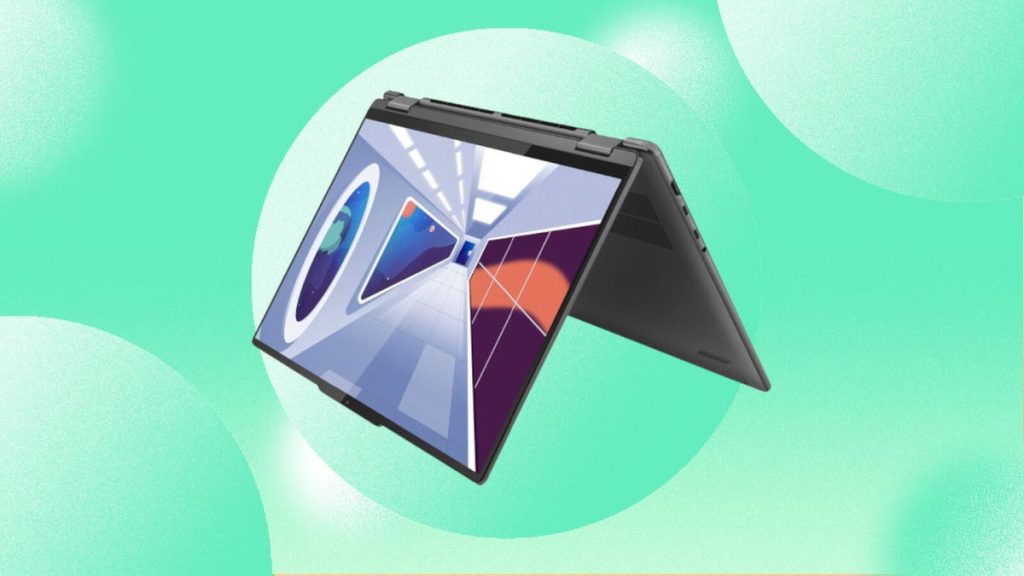When looking for a new two-in-one laptop, it can be overwhelming with the number of options available in multiple configurations to match your performance and budget needs. One of the main considerations to start with is the price, as spending a little more upfront can provide better specs and components that are not easily upgradable. Generally, the more you spend, the better the two-in-one, with a reliable model for average tasks priced between $700 and $800, and a model for creative work or gaming upwards of $1,000. Looking for discounts can help you get more of what you want for less.
Another important factor to consider is the operating system, with the choice between Microsoft Windows and Google’s ChromeOS for two-in-one laptops. Windows is more common, but ChromeOS may be a budget-friendly option, especially if you spend most of your time on basic tasks like web browsing, writing, or video streaming. When it comes to size, finding a balance between being big enough for laptop mode and compact enough for tablet mode is key. Screen size plays a significant role in determining the overall size, weight, and battery life of the laptop.
When deciding on a screen, considerations include resolution, pixel density, and color accuracy based on your specific needs. A higher resolution can provide sharper rendering of text and interface elements, and scaling can be adjusted for different content types. The processor, or CPU, is the brains of the laptop, with Intel and AMD offering a wide selection of processors designed for different laptop styles and performance levels. The graphics processor, or GPU, handles graphics-related tasks like gaming and design work, with integrated and discrete options available depending on your needs.
Memory is an important component for multitasking and running multiple applications simultaneously, with 16GB of RAM recommended for optimal performance. For storage, solid-state drives (SSDs) have largely replaced traditional hard drives in two-in-one laptops, providing faster performance and improved system responsiveness. Cheaper laptops may have slower drives, so it’s important to choose a model with storage that meets your needs. Overall, understanding these key factors and considering your budget and usage requirements can help you find the best two-in-one laptop that suits your needs.












